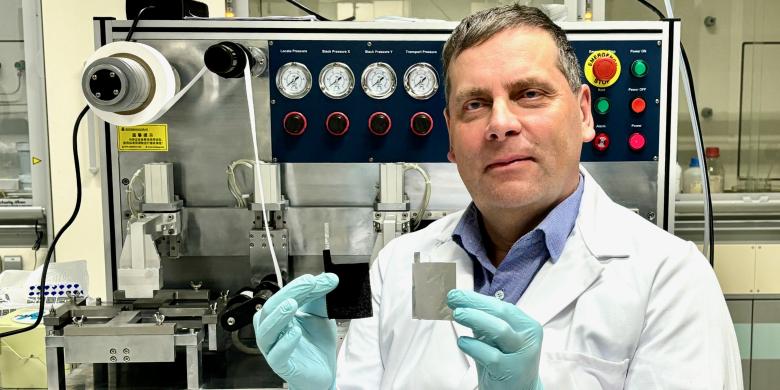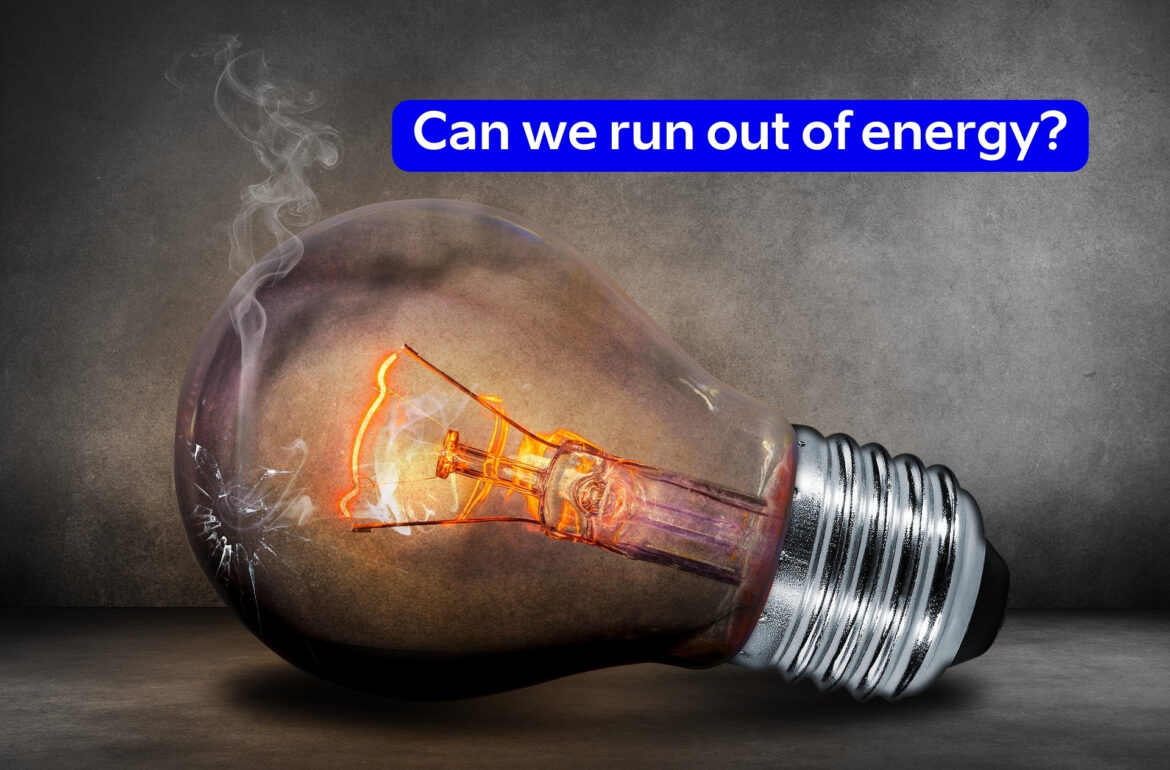Table of Contents
In order for energy to be available to us in a stable way, it must be preserved: the surplus of energy produced must be stored for later use. We’re now striving towards more environmentally friendly energy storage.
Energy storages are generally classified according to the energy stored: electrical energy, thermal energy, mechanical energy, chemical energy, etc. Energy can be stored in several ways, for example in pumped-hydro and compressed-air accumulation stations, thermal accumulation and batteries.
The most widespread form of mechanical energy is hydropower, which has been used for centuries. In the United States, large hydropower plants have been in operation since the 1920s. Today, solar power and wind are also used as renewable energy sources, but their availability depends on weather conditions.
Currently, the most common way to store renewable energy is the pumped hydro storage plant. However, it must be taken into account that the construction of such a station requires a specific kind of location, and it may be time-consuming. The demand for new, efficient and environmentally friendly energy storage solutions in the scientific world has led to a significant increase in research projects in this field.
Batteries and hybrid energy storage systems have been proposed as the first alternative to hydro-accumulation plants.
New types of efficient energy storage systems would reduce both electricity consumption by consumers and emissions from electricity production and would improve security of supply.

The metals needed for battery storage are expensive.
There is no viable alternative to the large-scale deployment of storage solutions in Estonia.
While current energy storage systems have benefits in removing electricity price peaks and stabilising the system, they do not yet provide immediate relief on windless and cloudy days, as they require too much investment and time to build them up.
Lithium is widely used in modern energy storage devices. However, the demand for lithium is increasing, it is expensive, and the world’s supply of lithium and other essential minerals is too limited and uneven.
A typical electric vehicle battery contains about 8 kg of lithium, 14 kg of cobalt and 20 kg of manganese. However, this amount can often be much higher depending on the battery: for example, the battery of the Tesla Model S contains about 62.6 kg of lithium.
However, while it is clear that short-term lithium-based storage batteries are commercially viable and reasonable to manufacture, the major breakthrough is expected to come from sodium-ion batteries. However, the problem with these is their lower energy density, which is probably why they are not going to be used in electric cars on a large scale at first: the batteries would have to be much larger and heavier than lithium batteries.
A lot is expected from hydrogen power engineering, which is essentially the chemical storage of energy and its transfer in the form of hydrogen.

High hopes for hydrogen power
Currently, hydrogen is mainly produced from other fuels: natural gas, oil, coal. The hydrogen produced in this way contributes to global warming to the same extent as the direct burning of fossil fuels. The price of hydrogen is relatively high and more efficient ways of producing hydrogen need to be discovered in order to make it more widely available in the chemical industry, the production of heavy and rare earth metals and the energy sector.

One of these ways is water electrolysis. Hydrogen produced in this way by solar power plants and wind farms is one of the most environmentally and climate-friendly energy sources. The efficiency of water electrolysis is approximately 70%. Sir William Robert Grove, an English lawyer and amateur physicist, is considered the pioneer of hydrogen-oxygen-fuel cell technology.
When an electric current is passed through an aqueous solution with two electrodes, the solution undergoes a chemical reaction – electrolysis, in which hydrogen is separated from one electrode and oxygen from the other. Grove’s discovery was the reversal of this process, i.e. the direct conversion of chemical energy from fuel to electrical energy, which he discovered was possible in 1839.
In 1896, one of the pioneers of pollution-free energy, Wilhelm Ostwald, a graduate of the University of Tartu and later winner of the Nobel Prize in Chemistry, formulated the thermodynamic foundations of the fuel cell and showed that fuel cells are much more efficient devices for converting chemical energy into electricity and heat than systems based on Carnot’s thermodynamic heat engine. If the approximate efficiency of the low temperature fuel cell generating electricity is 60%, the cumulative efficiency of the electricity storage is 42%.
Hydrogen energy helps to offset the power changes of cheap wind energy. The combination of wind turbines and fuel cells allows for an optimal mode of operation: the excess energy produced by the wind turbine is used to produce clean hydrogen from water by electrolysis, and then, when demand arises, the hydrogen is converted back to electricity by the fuel cell.
For smaller turbines, batteries are suitable for storage, but for large generators connected to the grid, they are in short supply. Given the significant decline in fossil fuel use and the great potential of wind and solar energy, storage technology is crucial.
Is it better to choose a supercapacitor or a battery?
Broadly speaking, a supercapacitor is an electrical energy storage device that usually consists of two carbon electrodes with a large specific surface area, separated by a porous membrane and immersed in an ion-conducting electrolyte solution. A supercapacitor has a higher efficiency and power and a longer life than batteries, but a lower energy density per unit mass.
The high capacity means that charging a supercapacitor takes a few seconds, while ordinary batteries take hours to charge. The lower energy density means that if an electric car can travel about 600 kilometres with a lithium-ion battery at best, then it will be ten times less with a supercapacitor.
Thus, the low energy density of supercapacitors severely limits their widespread application and they do not generally replace batteries, although there are numerous applications for them, for example in consumer electronics, electric lifts, brake energy storage in transport vehicles, etc.
In the manufacture of hybrid capacitors, an electrical double-layer capacitor and a battery-type electrode material are combined. In fact, there is no sharp distinction between hybrid capacitors and conventional electric dual-layer capacitors and batteries. Hybrid supercapacitors have a higher operating voltage and a much higher capacity and energy density than conventional symmetrical supercapacitors, but their performance is below that of batteries.
Zinc is cheaper and more environmentally friendly
The promising metal zinc is the fourth most used metal for green energy storage, after iron, aluminium and copper.

As a new generation storage system, zinc-ion hybrid capacitors are the most promising alternative to lithium-based electronic devices with excellent advantages – ease of manufacture, low-cost, high energy density, considerable service life and lower environmental impact. They also have potential in a variety of military solutions where a large amount of energy is required in a very short period of time.
Given the relatively good biocompatibility of zinc and the safety of zinc-ion-hybrid supercapacitors, they can be applied in portable electronics such as so-called electronic skin and health monitoring devices.
Researchers at the University of Tartu are also looking for solutions to create cheaper and more efficient energy storage devices. Our group received an experimental development grant from the university’s development fund to develop a low-cost, efficient and sustainable prototype of a zinc-ion hybrid supercapacitor based on aqueous solutions, which combines the advantages of zinc-ion batteries and supercapacitors: high energy and power density and cyclic stability.
This would improve the efficiency of alternative energy sources, but it would also have applications in the automotive industry and medicine. In the future, the new solution could be used in wind power generation, uninterruptible power supply, voltage compensation, photovoltaic power generation and energy recovery systems for industrial machines, electric and hybrid vehicles, transport and military industry.
At the end of the project, a zinc-ion hybrid supercapacitor will be assembled on a laboratory scale, the parameters of which exceed the energy density and temporal stability of lithium and sodium metal-ion capacitors available on the market.
We are still in a state where the best zinc anodes are mainly obtained by electroplating, with pseudo-capacitive materials that are expensive and not the safest (where the charge is stored electrochemically) used as cathodes and usually fluorine-based Teflon, as the binder, which should be avoided for environmental reasons.
In the development of practical applications of zinc-ion hybrid supercapacitors, more emphasis should be placed on the functional values: biodegradability, stretchability, self-healing, flexibility and anti-freezing properties.
This article was originally published on the University of Tartu’s newspaper Universitas Tartuensis Author: Alar Jänes, University of Tartu – Associate professor.
If the science of energy sparks your curiosity and innovative power sources excite you, explore more electrifying insights on our webpage and read more about how TalTech’s Residential DC Innovation Hub Opens Doors to Support Energy Transition!
 Back
Back



